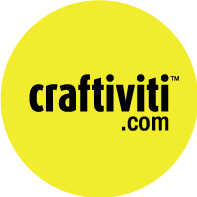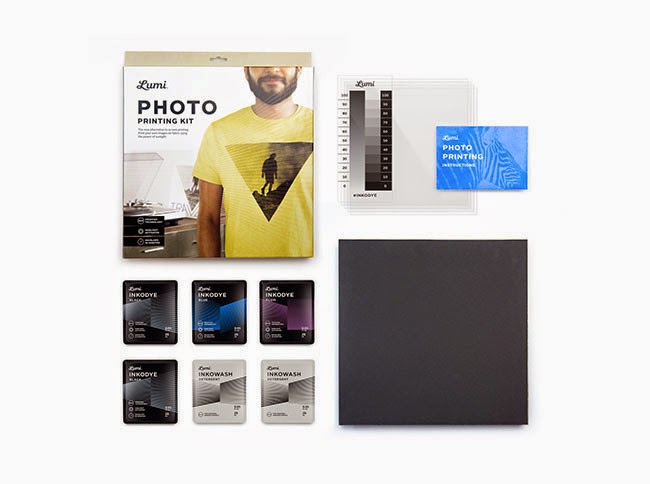Resins are fascinating materials so we are glad you asked. They can be used to cast figurines or objects, as a coating for craft pieces, to encase images or items such as flowers or tiny intricate objects, or to mend broken objects.
At Craftiviti, we have two types of resins: Epoxy Resins and Polyester Resins.
Polyester Resin
Polyester resin is slightly opaque and does not have the clarity of Epoxy Resin. Polyester is also quite toxic in nature so a well ventilated working area and a good mask is advisable when working with this material. Polyester Resin can be used to cast larger objects and is much cheaper to work with compared to Epoxy Resin. It is sold with a hardener which helps the resin cure and harden. Unlike Epoxy, polyester resins only need a few drops of the hardener to work it's magic.
Epoxy Resin
Many crafters love to work with epoxy resins simply for its crystal clear effect. Unlike polyester resin, epoxy resin is non-toxic and does not give off poisonous fumes. The cured resin is very hard, durable and safe to use. It is perfect for embedding flowers, photographs and just about anything else. Epoxy resin also needs a hardener or catalyst to cure. The ratio of resin to hardener depends on the product instructions. For our epoxy resin, a ratio of 2 parts resin to 1 part hardener is required.\
People who enjoy making miniatures sometimes use resin to simulate water when creating beach and ocean scenes. Smaller amounts of resin can be used to design replicas of soups, liquid drinks, and fishbowls. Jewelry makers use epoxy resin to create necklaces, pins, bangles, bracelets, earrings, and rings that feature embedded glitter for a fun effect.
When compared to other traditional thermoset or thermoplastic resins, epoxy resins have distinct advantages, including:
- Low shrink during cure
- Excellent moisture resistance
- Excellent chemical resistance
- Good electrical properties
- Increased mechanical and fatigue strength
- Impact resistant
- No VOCs
- Long shelf life
Types of Epoxy Resin available
1) Clear Epoxy Resin - Clear flat casting
2) Soft Epoxy Resin - Flexible coating for stickers or flat surfaces
3) Doming Epoxy Resin - Hardens with a slight dome like a water droplet
Materials needed while working with Epoxy Resin
- Disposable measuring cups
- Digital scale
- Disposable stirring sticks
- Items for embedding
- Silicone Release Agent
- Mold
Instructions
1) Epoxy resin can be measured by weight or volume. Before measuring, give the resin a stir and the hardener a good shake.
2) The ratio of 2 parts resin to 1 part hardener must be followed to other wise, curing will not happen. For example: 200g Epoxy Resin, you will need 100g hardener. Or 1 cup resin, half cup hardener.
3) While pouring the resin into the measuring cups, do so slowly so as to avoid bubbles. Tap the cups to release the bubbles to the surface.
4) Pour the hardener slowly in to the resin and mix well. Curing will not happen is the mixture is not well mixed.
5) Spray a layer of silicone release agent such as Weins Silicon Release Agent into the mold. This helps demold the cast once the resin is cured.
6) Slowly pour resin into mold or onto objects you would like to embed. Tap mold on the sides to release bubbles. You can also scope the surface bubbles out or prick them with a needle. You can also spray a thin layer of rubbing alcohol on the resin surface to help disperse the bubbles.
7) Resin will take 2 to 4 hours to fully cure depending on the thickness and size of the casting.
Epoxy Resin storage life
When kept separate from hardener, epoxy resin has a long shelf life. Store both resin and hardener in a cool, dry area. And always make sure the can is tightly shut.
Cleaning up Epoxy Resin
For spillage or to clean up utensils, use Acetone, rubbing alcohol or any nail polish remover.
Molds for Epoxy Resin
Silicone or latex molds are best for Epoxy Resins as the resin will not stick to the mold and demolding is easy.
You can make your own silicone molds with our RTV Silicone Rubber or with Smooth-On mold making materials.
For other molds such as plastic molds or trays, first spray on a layer of Silicone Release Agent to avoid sticking.
Embedding paper or images
If you would like to embed photographs or paper designs, it is best to seal your paper first. We recommend using Supergloss or White Modelling Glue. Coat the paper or photograph on the top, bottom and even on the sides to seal it. This will prevent the resin was seeping into the paper and turning it translucent.
Pigments and Dyes
To tint the resin, you can use Mica's and resin pigments and dyes which we carry in store.
Visit us at Craftiviti retail craft store or you can buy online here.















































